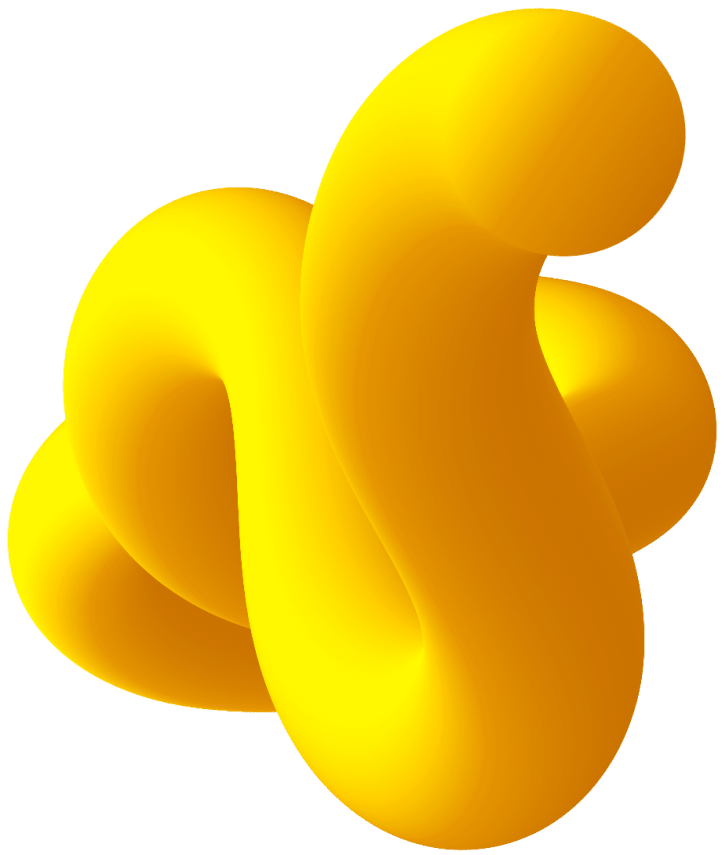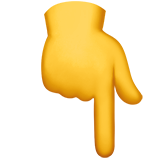Установление соответствия
Установите соответствие между заголовками 1–8 и текстами A–G. Занесите свои ответы в таблицу. Используйте каждую цифру только один раз. В задании один заголовок лишний.
| A. | In early societies people developed barter as a form of proto-money, when they used the things that everyone agreed to accept in trade. Various items have been used by different societies at different times. Thus, for example, Aztecs used cacao beans, Norwegians used butter, the early
| 1. | How we got that mark |
| B. | The first coins were made in the
| 2. | From a million pounds |
| C. | The well-known dollar sign has various explanations. Perhaps one of the most widely accepted is that it was the result of the evolution of the Mexican or Spanish “Ps” which was used for pesos. This theory explains that the “S” gradually came to be written over the “P”, developing a close equivalent to the American dollar “$” mark. It was widely used even before the adoption of the
| 3. | What in a colour |
| D. | The largest banknote ever issued by the Bank of England was the £1,000,000 note. Designed for use by the
| 4. | Weight of money |
| E. | According to the Guinness Book of World Records, the world’s largest banknote is the 100,000-peso note, which is of the size of a standard sheet of paper. It was created by the government of the
| 5. | Size matters |
| F. | American Indians used to have strings of clamshells, which they called wampum and used as money. The process to make wampum was very labor intensive, which increased their value among the European traders. However, the Dutch colonists began to manufacture wampum themselves and eventually became the primary source of wampum, thereby destroying the system which had functioned for centuries.
| 6. | Money string changes source |
| G. | Why are
| 7. | Free to choose from |
| 8. | Before money comes in |




